This post explores how web designers can craft narrative-driven layouts that guide visitors through a brand’s story. It covers visual hierarchy, scroll-based storytelling, section flow, and CTA placement—all while avoiding overwhelm.
Why Storytelling Matters in Web Design
We’re not just building websites—we’re building experiences. And just like a good book or film, a great website has a story to tell. Whether it’s a small brand with a big mission or a creative freelancer ready to show the world what they’ve built, the power of story lies at the heart of meaningful design.
Storytelling in web design isn’t about writing paragraphs—it’s about guiding a user through a visual journey that reflects the brand’s essence. Every section, scroll, color, and call-to-action becomes a line in the narrative. When done right, the user doesn’t even realize they’re reading a story—they’re simply feeling it.
Visual Flow: Guiding the Eye with Purpose
Have you ever visited a website and instinctively knew where to go next? That’s visual flow in action.
Designing for flow means arranging elements so that users naturally move through the page in the order you want—like following breadcrumbs on a trail. This starts with clear hierarchy: big, bold headlines lead the charge, supported by compelling imagery, subtext, and buttons that encourage interaction.
Think of your site as a map. Every layout choice—spacing, alignment, image placement—either invites the visitor to continue or causes them to bounce. When we create with flow in mind, we’re helping users stay engaged without friction.
Tone, Typography, and Color as Narrative Tools
Your site speaks—before anyone reads a single word.
Typography sets the tone. Sleek sans-serifs can feel modern and confident, while serif fonts lend authority or tradition. A playful script? Maybe your brand has a creative, personal touch. Fonts aren’t just readable—they’re part of the voice.
Colors carry emotion. A bold red (like our punchy KerseyKreative accent) grabs attention and demands action. Soft grays can calm and stabilize, while deep blues bring trust and sophistication. When chosen intentionally, your color palette becomes a storytelling palette.
Even spacing and layout style play a role. A minimal design can convey elegance and professionalism; a vibrant, collage-like grid might scream creativity and edge.
From Above the Fold to the Final CTA
The structure of a web page is the story arc.
- Above the fold: This is your hook. A bold headline, a strong image, and a compelling CTA. You’ve got 5 seconds—make it count.
- Mid-scroll: Now the storytelling deepens. Introduce the problem you solve, your process, or your values. Visual rhythm matters here—mix images, pull quotes, stats, and testimonials to keep interest high.
- The ending: Like a good book, you want closure. A confident call-to-action (CTA) is the resolution. What do you want the visitor to do next? Book a call? Browse a portfolio? Download a lead magnet? Whatever it is, make it obvious and inviting.
The best stories leave an impression. So should your website.
Examples of Websites That Do It Right
When you’re looking for design inspiration rooted in storytelling, layout flow, and creative structure—these platforms are goldmines:
- Mobbin – A massive collection of hand-picked mobile and web UI patterns from top apps. Great for seeing how brands use storytelling through interface flow and structure.
- Behance – Explore full UX/UI projects that walk through every phase of the design process. Great for dissecting how creatives build a visual narrative.
- Awwwards – Home to some of the most beautifully crafted websites in the world. Many of them are immersive, scroll-based stories told through animation, layout, and flow.
- Land-book – A curated gallery of beautiful landing pages—ideal for analyzing how brands lead visitors from intrigue to action with clear story arcs.
- UI Movement – Great for quick-hit inspiration, especially for micro-interactions and visual hierarchy in smaller sections of your site.
These platforms don’t just show what looks good—they often show why it works.
Ready to tell your brand story? Let’s create it together.
Your website should do more than look good. It should speak. It should guide. It should connect.
Let’s craft a website that says exactly what your brand stands for—without saying a word.
Contact Me and let’s start telling your story.
